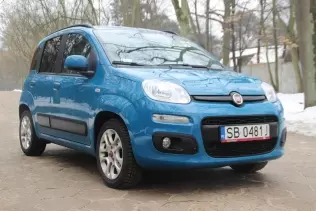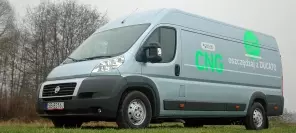- Main page
- Search
- Up to date
- Products
- Technology
- Vehicles
- Video
- Conversion Payback Simulator
Port Injection - Conversion Payback Simulator
Direct Injection - Conversion Payback Simulator
Diesel - Newsletter
Fiat Panda TwinAir LPG – 126panda
- Home page
- Up to date
- Reportages, interviews, road tests
- Road tests
- Fiat Panda TwinAir LPG – 126panda
« Powrót
 loading results...
loading results...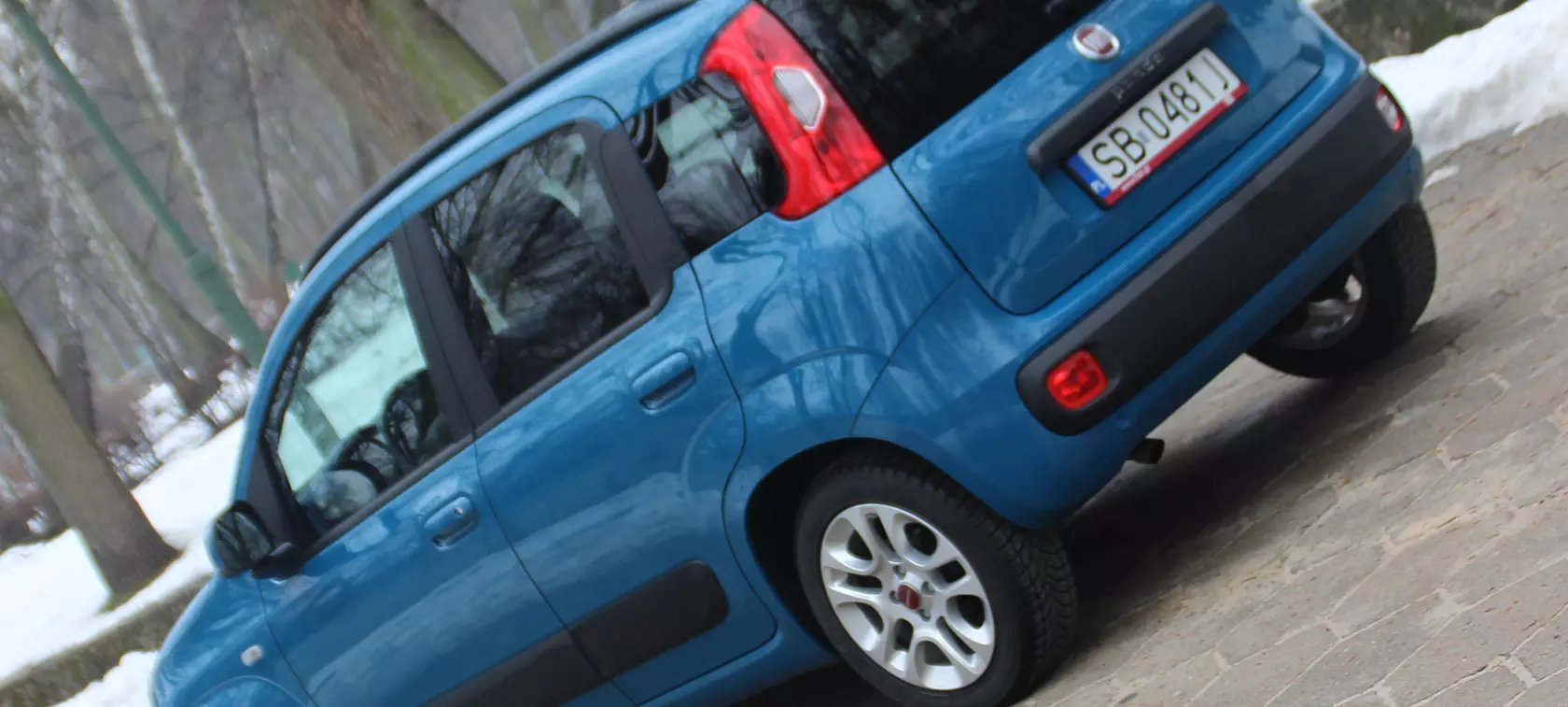 © gazeo.com
© gazeo.com 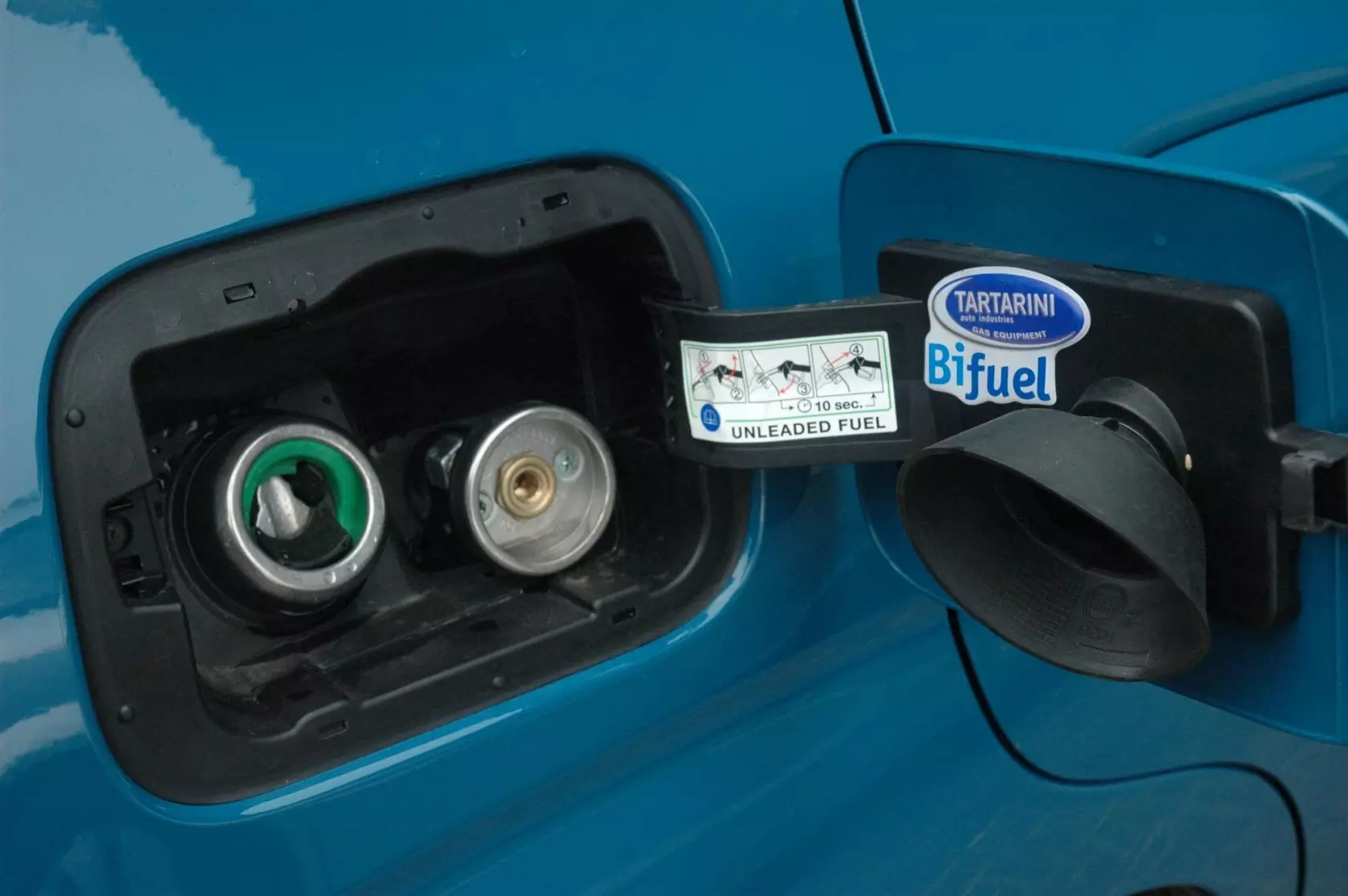 Anyone refilling their Panda with gas will like this solution
Anyone refilling their Panda with gas will like this solution 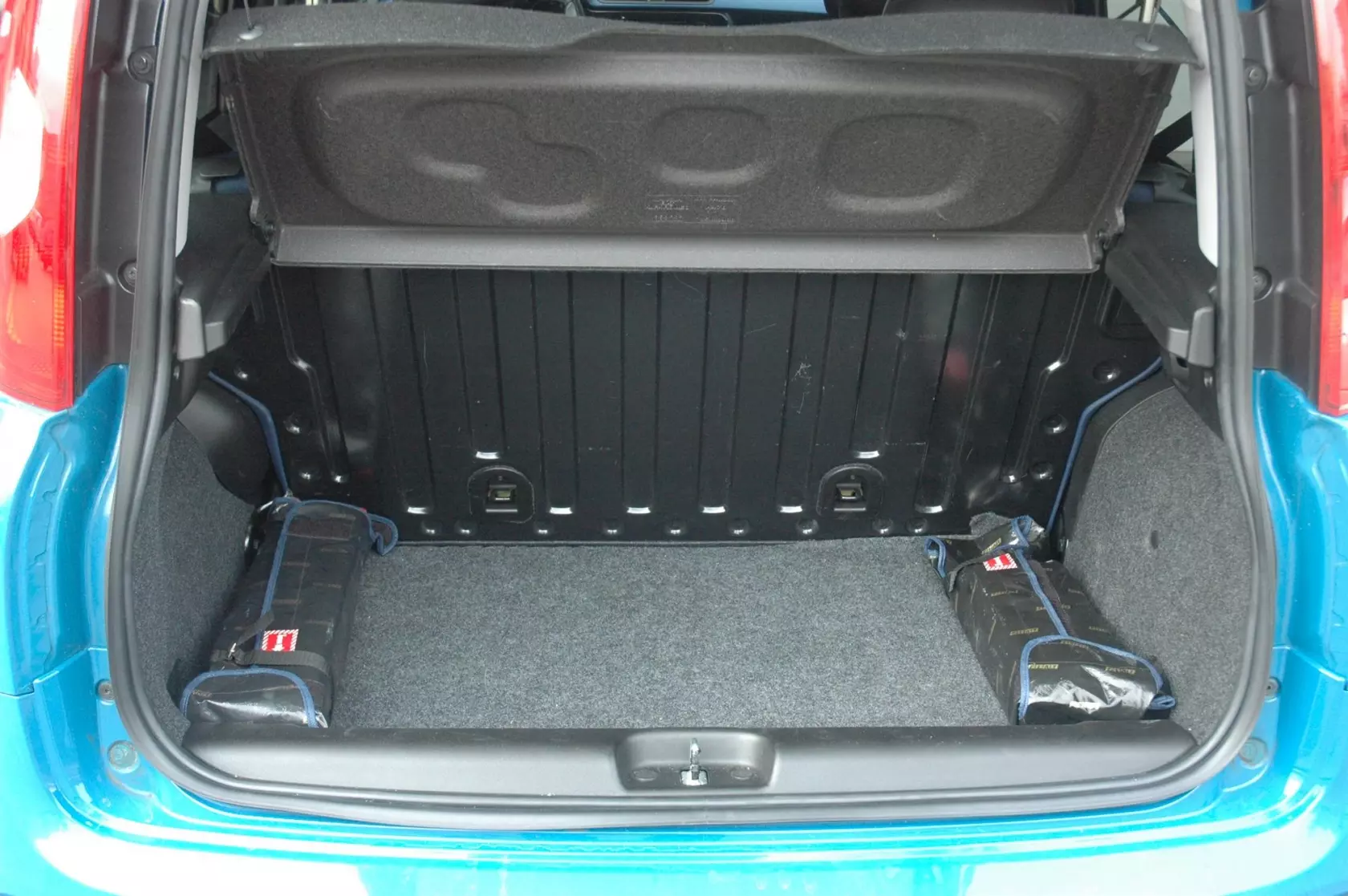 Luggage space is not downsized after the conversion, but you can forget about your spare tire
Luggage space is not downsized after the conversion, but you can forget about your spare tire  The multivalve ensures that the whole LPG system functions properly and is safe
The multivalve ensures that the whole LPG system functions properly and is safe  The gas tank is not visible from under the car, but the fuel lines that go from the spare wheel housing reveal the truth
The gas tank is not visible from under the car, but the fuel lines that go from the spare wheel housing reveal the truth 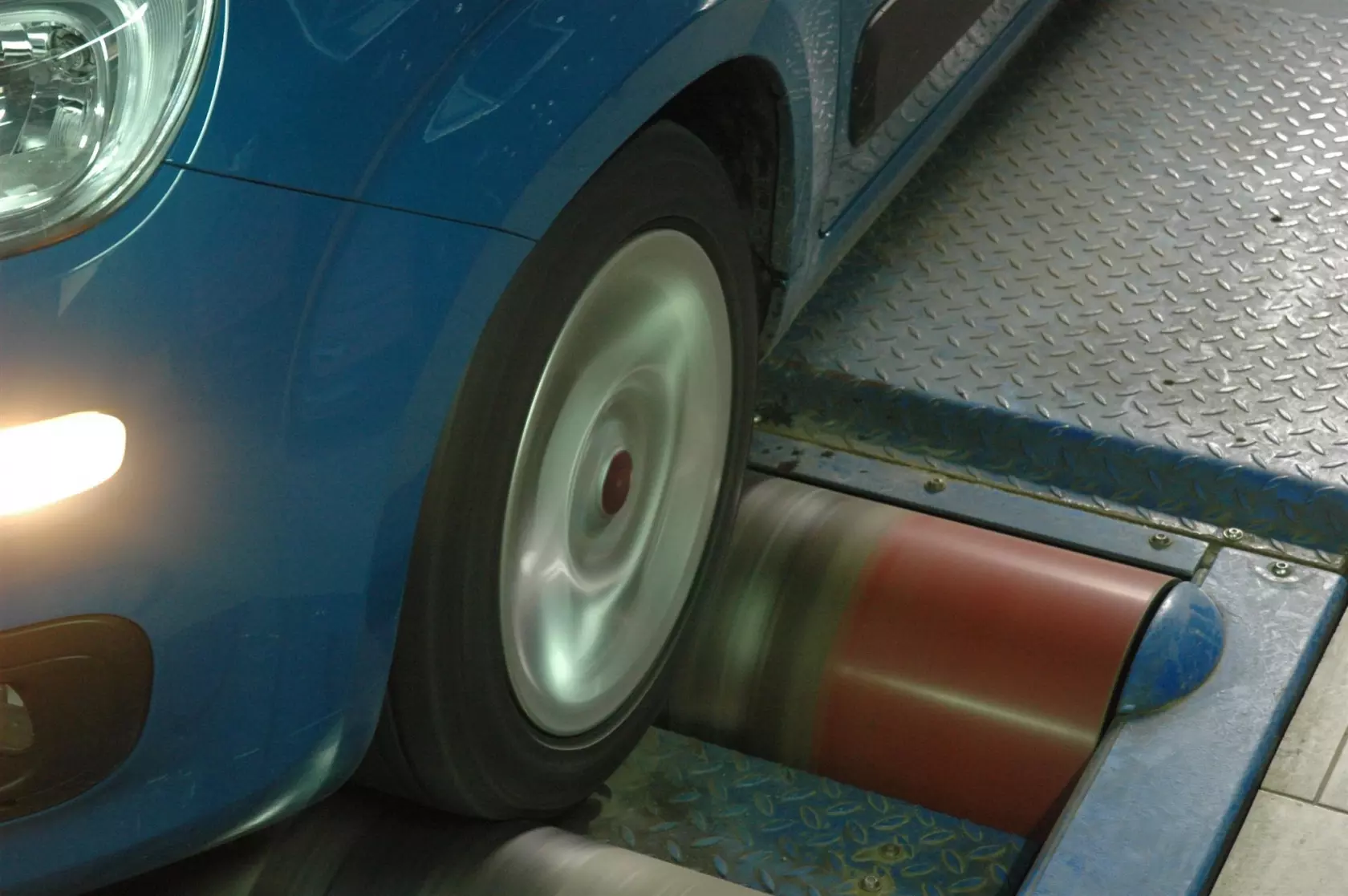 Dyno results were very promising, but proved to be quite far from reality
Dyno results were very promising, but proved to be quite far from reality 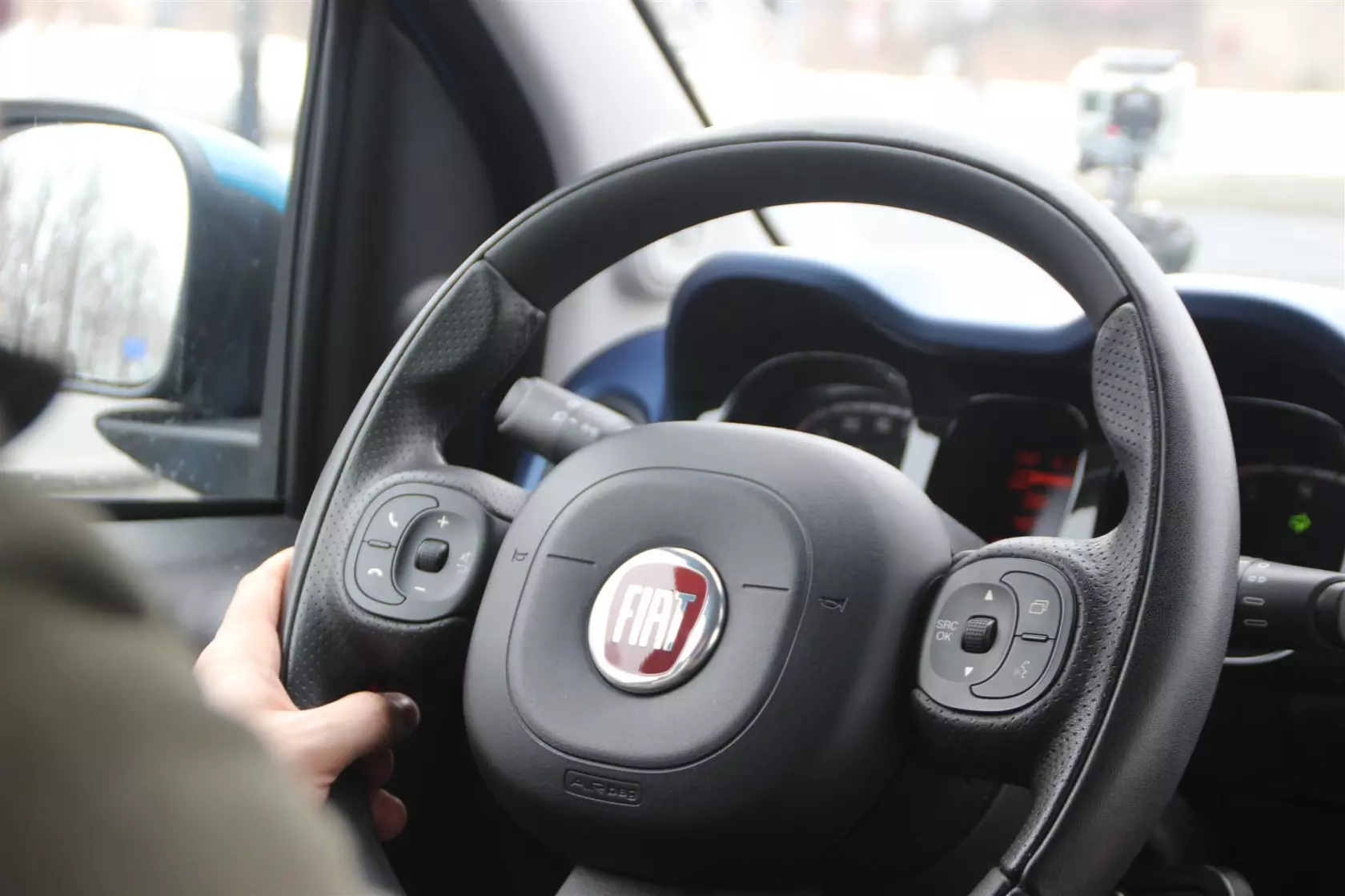 The multi-function steering wheel makes life easier, but driving Panda is easy and intuitive anyway
The multi-function steering wheel makes life easier, but driving Panda is easy and intuitive anyway 






In theory, everything works great: fewer cylinders (two instead of four), 875 ccm of displacement, a turbocharger, high parameters (engine power and torque) and the start-stop system. Low fuel consumption guaranteed. But in practice, when driving around the city, it’s hard to stay below 8-9 l (of petrol, according to the trip computer) per 100 kilometers, and the system that was supposed to switch off the engine when you stop at traffic lights or railway crossings hardly ever activates itself (even if the operating temperature of the engine has been reached). What’s more, the engine seems a bit sluggish below 2000 rpm, and to make it work properly, you’ll need at least 2500 rpm, or close to 3000 preferably, which is not that great for fuel efficiency. And that’s not all. The 2-cylinder engine rattles like his distant ancestor in Fiats 126 Bis and Cinquecento 700, and – despite all that technical advancement – makes the driver and the passengers feel the vibrations. Not that spectacular, is it?
Of course, we wouldn’t bother to write about all this if it wasn’t for an LPG system in the Panda. As it usually is with Fiat cars sold in Poland, the system was developed by the Italian company Tartarini, and it’s installed in car service centers adjacent to showrooms. Or rather will be, because right now it’s not available at any price. If the engine really had fuel efficiency figures similar to those proudly declared by the producer, the gas system would be the icing on the cake and would make saving money much easier. With what it is right now, the system prevents drivers from tearing their hair out over fuel consumption, but it’s more of a marmalade cookie than a cake. Not much more than a consolation prize.
Let’s stop this cruelty towards the fallen icon of downsizing and let’s take a look at the gas system that, in fact, does its job perfectly. Switching from petrol to LPG is only possible after some time (you have to drive more than 2 km, at least in late winter/early spring with temperatures around 0° C), but goes smoothly and is virtually imperceptible to the driver. When the engine reaches its operating temperature and the start-stop system is activated, the installation switches on instantly after restarting the TwinAir unit (in other words, after pressing the clutch). So it’s not that you will lose any benefit from using LPG. The engine won’t have to switch to petrol and run on it for a while each time you stop at traffic lights. It’s the biggest advantage of the system developed by Tartarini. Any other good things we may add? Well, it’s all good really, because it works fine, but at the same time, it doesn’t stand out in any way.
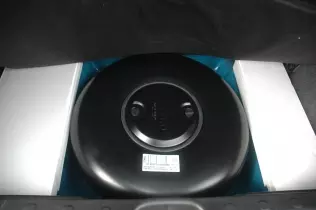 © gazeo.comA 32-liter tank should be enough for 450 km in a car like this but it’s only enough for no more than 350 km
© gazeo.comA 32-liter tank should be enough for 450 km in a car like this but it’s only enough for no more than 350 kmAny drawbacks? Well, there are two. OK, maybe one and a half. The first one is – just as in the previously tested Freemont – lack of easy access to components during service work. All components are placed in a way that forces any person doing the work to go under the car. It might not be much of a difference to the driver, but the poor serviceman won’t be happy about having to work with his arms up. On the other hand, the gas station worker will surely be glad, because the gas filler is placed under the petrol cap. What’s more, it’s already equipped with an adapter, so you don’t have to screw it in every time. We’ll appreciate that ourselves when we finally have self-service gas filling. And the second thing? Well, this one’s tiny and probably means we’re a bit spoiled. If it wasn’t for Volkswagen Caddy BiFuel, which has the gas system perfectly integrated with the car, maybe we would have missed the “added” fuel type switch in the middle of the control panel, between front seats. But that’s just a teensy-weensy thing. Other markets offer factory-converted gas Pandas (you can tell that from inactive LPG and CNG icons on the control panel), while we have to make do with service conversions. Not accusing anyone, just stating a fact.
Zobacz stronę producenta:
Tartarini
autogas-powered Fiat Panda TwinAir -
you can find it on page 2!
Left: 50%
You may also find these interesting:
 loading results...
loading results...
